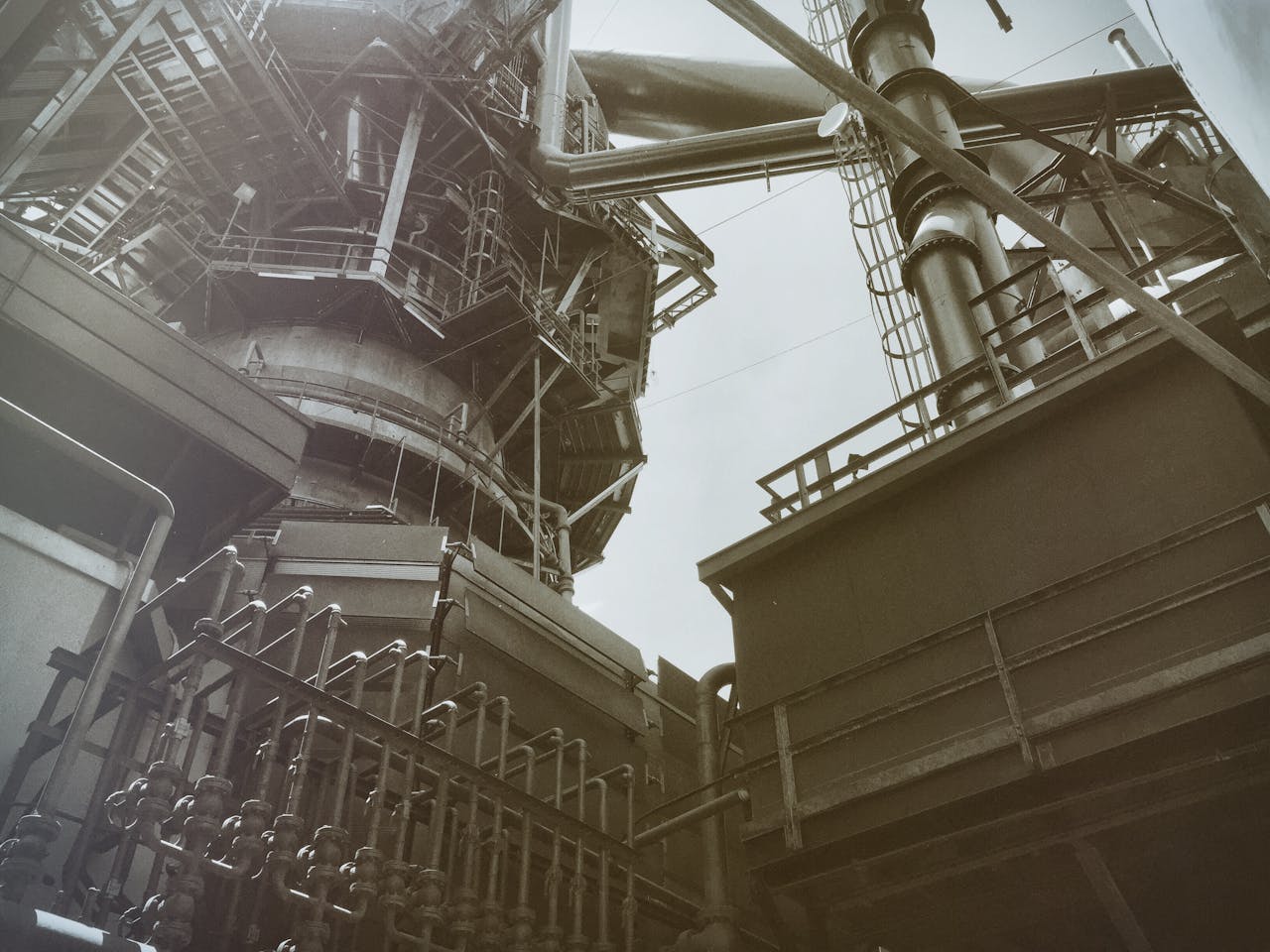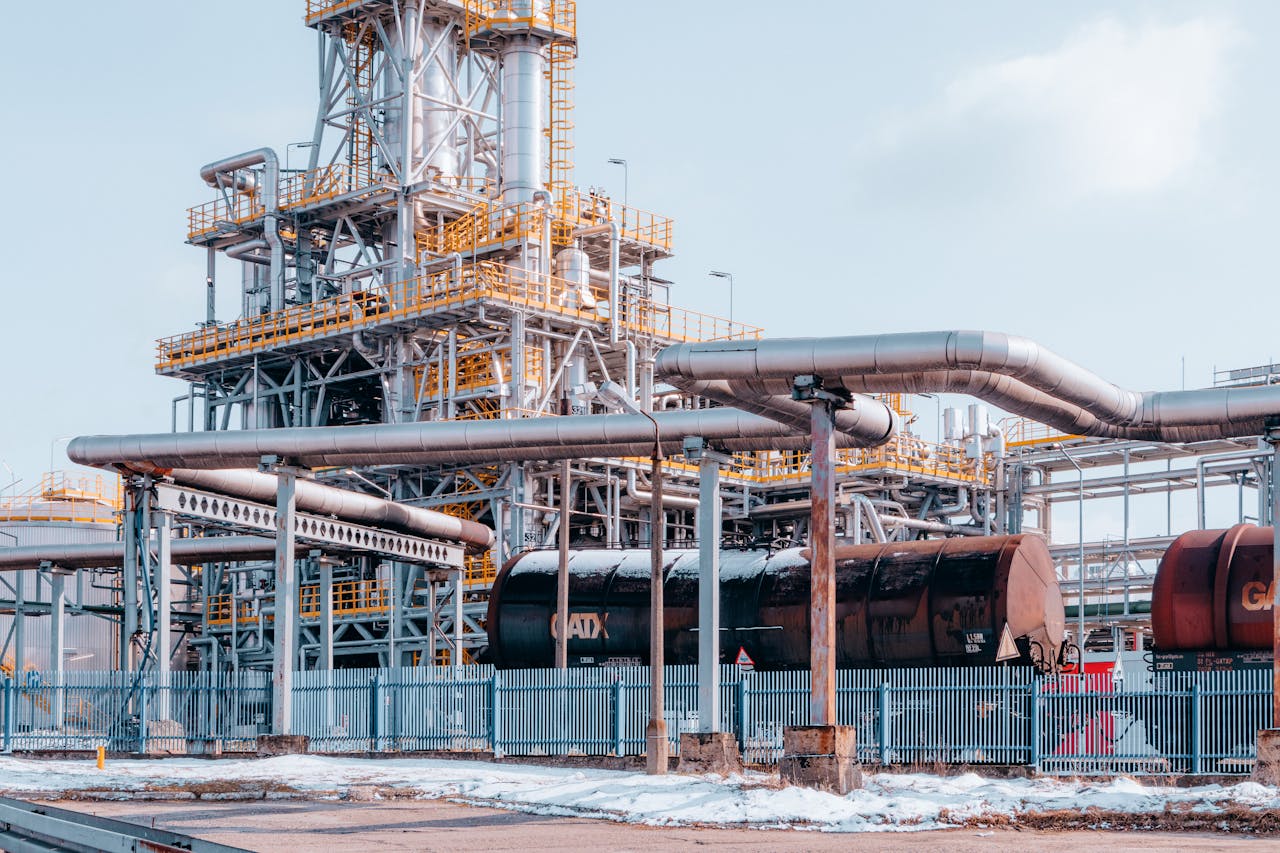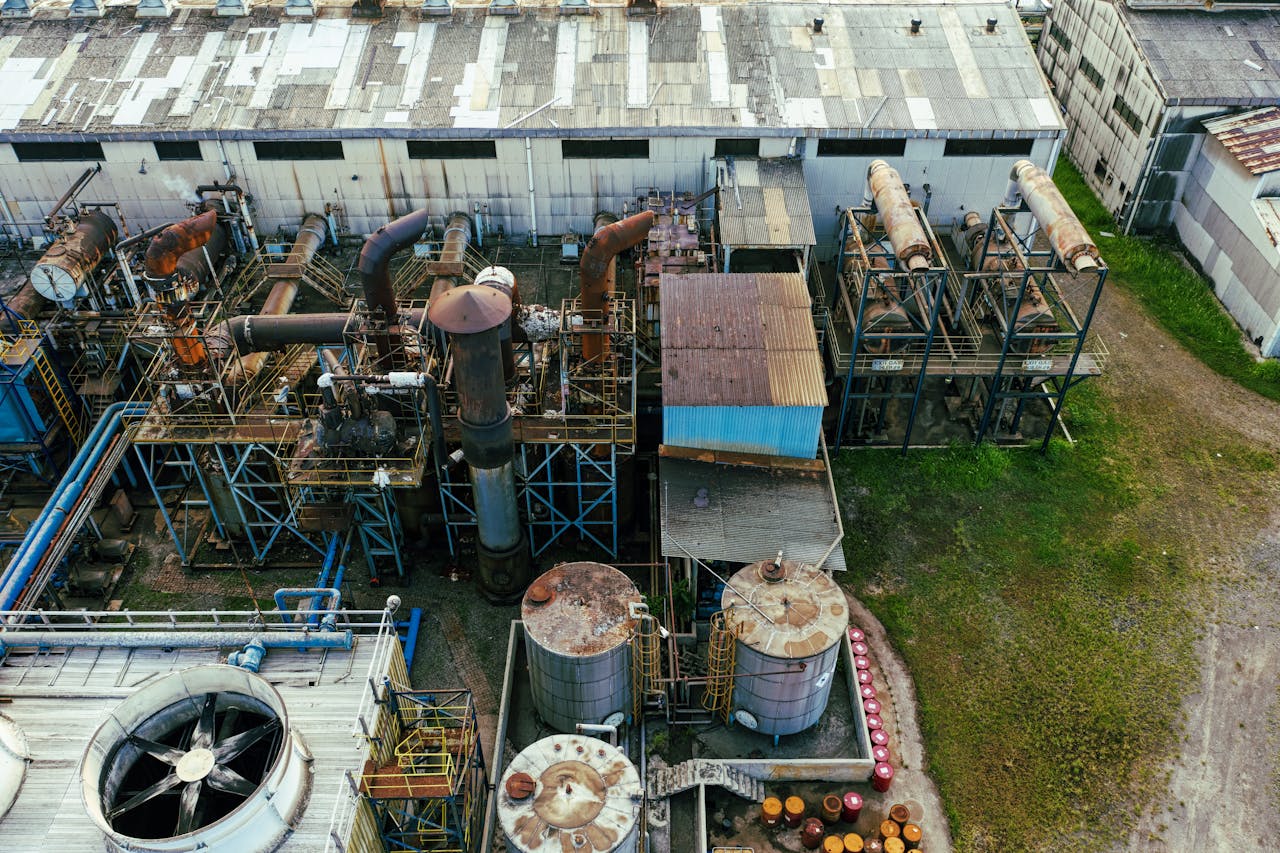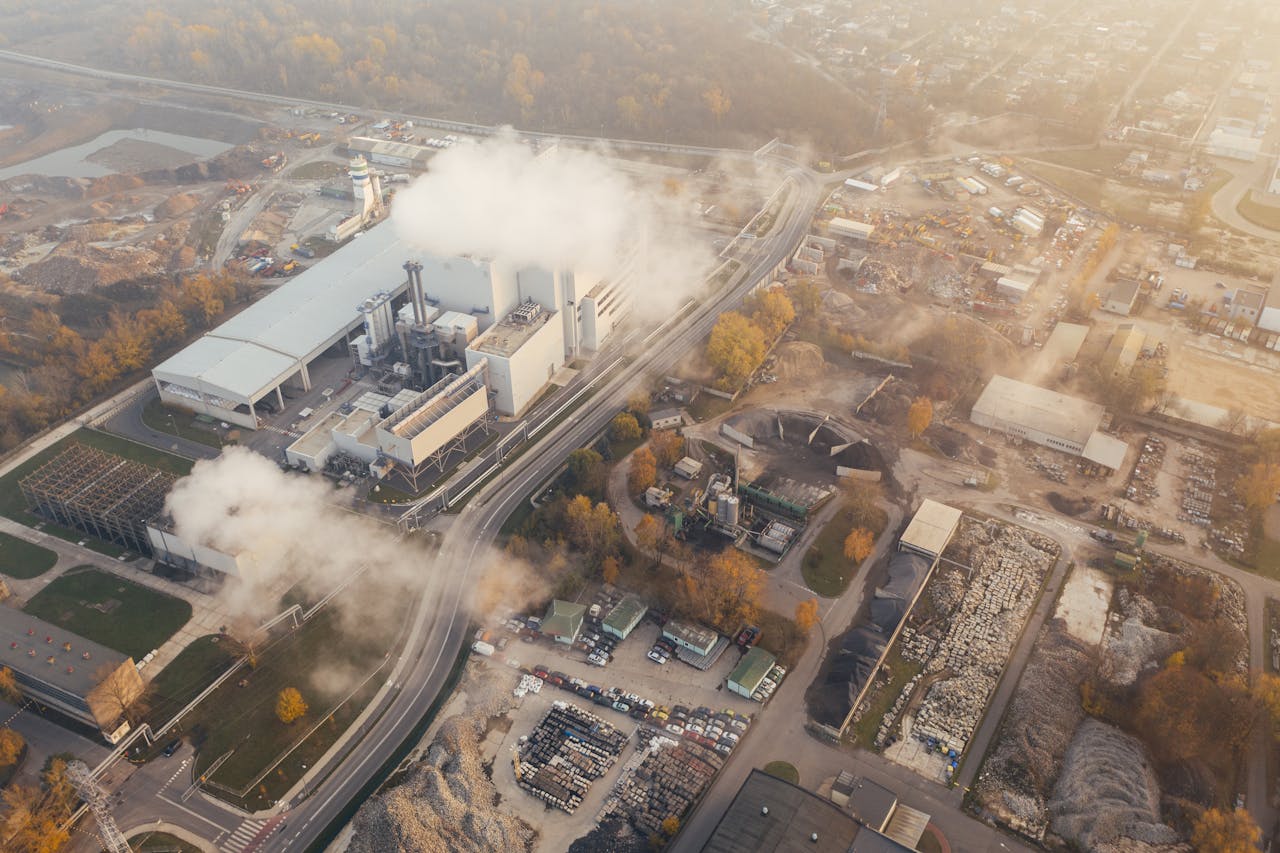In the engineering of industrial systems, the need for reliable, flexible components that mitigate the risks of thermal expansion, vibration, and structural movement is paramount. Among these, expansion joints serve a function that ensures system longevity, operational efficiency, and overall safety.
However, the decision of which type of expansion joint, fabric or metal, best suits a given application requires an informed, systematic evaluation of factors such as flexibility, durability, cost-effectiveness, and environmental resilience.
This analysis aims to dissect the inherent properties of fabric expansion joints to provide a nuanced comparison with metal alternatives, thus empowering engineers and decision-makers to select the most appropriate solution for their operational imperatives.
Defining Fabric Expansion Joints
At their core, fabric expansion joints are designed to absorb mechanical stress and accommodate the dynamic movements; be it axial, lateral, or torsional within industrial piping, ductwork, or structural assemblies. Constructed primarily from high-performance fabrics such as fiberglass, elastomers, or specialized composites, these joints are engineered to withstand fluctuating temperatures, aggressive chemicals, and constant mechanical forces.
Unlike metal counterparts, which are inherently rigid, fabric expansion joints are celebrated for their superior flexibility that offers an effective mechanism for compensating for the inevitable shifts within the structural and thermal boundaries of a system.
The flexibility of fabric joints allows for greater movement accommodation without the structural failures typically associated with more rigid systems. Moreover, their lightweight nature offers additional benefits in applications where weight-bearing constraints are a consideration, such as in overhead or high-velocity systems to minimize the need for excessive reinforcement.
The Technological Superiority of Fabric Expansion Joints
1. Exceptional Flexibility and Movement Accommodation
Perhaps the defining characteristic of fabric expansion joints is their unparalleled ability to manage multiple types of movements with minimal strain on the system. Whether subjected to axial elongation, lateral displacement, or rotational forces, fabric joints possess the inherent adaptability to handle these dynamic shifts. This flexibility is a practical one in industries such as petrochemical processing, aerospace, and power generation, where mechanical forces are frequent and unpredictable.
Where metal joints may experience stress concentrations or fail under constant cyclical loading, fabric joints excel due to their ability to distribute these forces evenly across their surface, thereby extending the operational life of the system as a whole. This results in fewer maintenance requirements and, critically, a reduction in unscheduled downtime.
2. Weight and Structural Load Considerations
In industrial design, the reduction of system weight is often an overlooked yet critical factor. Fabric expansion joints, owing to their lightweight construction, substantially decrease the overall structural load.
This reduction directly impacts the design of supporting infrastructure to reduce material costs and installation time. The absence of heavy metal components simplifies handling and logistics for cost reductions, particularly in large-scale projects or in systems that require frequent retrofitting.
3. Cost-Efficiency Without Sacrificing Performance
From an economic standpoint, fabric expansion joints present a more cost-effective solution compared to metal joints, especially in environments where budget constraints are a priority. The production process for fabric joints is typically less complex, which directly translates to lower manufacturing and labor costs.
Furthermore, the ease of replacement and repair, often achievable without the need for specialized machinery, reduces operational disruptions and service downtime, which are key drivers of cost in any industrial operation.
4. Maintenance Simplicity and Operational Efficiency
The longevity of any expansion joint is directly linked to its ease of maintenance. Fabric expansion joints offer distinct advantages in this regard. In cases of failure or wear, fabric joints can often be replaced more quickly than metal alternatives, which may require more intricate procedures and downtime for welding or other repair processes.
In industries where efficiency is paramount, such as in power plants or chemical facilities, this swift maintenance turnaround improves operational uptime and extends the overall life cycle of the equipment.
Expanding the Application Scope
While fabric expansion joints are versatile, their optimal applications are seen in industries that experience frequent thermal fluctuations, aggressive chemicals, or seismic vibrations. Some noteworthy applications include:
- HVAC Systems: Fabric joints in HVAC ductwork not only accommodate thermal expansion but also mitigate vibration-induced noise and fatigue for improved system performance and lifespan.
- Chemical Processing Plants: Due to their high chemical resistance, fabric expansion joints are ideal in facilities dealing with corrosive gases and liquids to prevent leaks and maintain system integrity.
- Exhaust Systems: In industrial exhaust systems, fabric joints facilitate the movement of high-temperature gases without compromising the integrity of the ductwork or leading to the buildup of thermal stress.
- Pollution Control Equipment: Scrubbers and filtration systems benefit from fabric expansion joints due to their ability to handle high vibrations and thermal stresses while minimizing the risk of leakage, which is crucial for meeting stringent environmental standards.
The Examination of Metal Expansion Joints
While fabric expansion joints provide an invaluable solution for numerous applications, metal joints are far from obsolete. Their high resistance to extreme pressures, temperatures, and chemical environments makes them indispensable in some of the most demanding industrial settings.
However, their rigidity and susceptibility to fatigue under cyclical loading can be limiting factors. Furthermore, their heavier construction often necessitates additional support infrastructure that increases both material costs and installation complexity.
1. Durability in Extreme Environments
In applications where the physical environment places intense strain on components, metal expansion joints are typically the preferred option due to their robustness. They can withstand the high-temperature and high-pressure extremes that fabric joints may struggle with to ensure tight seals and superior performance over extended periods.
2. Leak Prevention and Non-Combustibility
For applications that require the highest level of safety and security, metal expansion joints provide the added advantage of leak-free performance. Their design ensures a hermetic seal that minimizes the risk of contamination or environmental damage, a necessity in industries such as pharmaceuticals, petrochemicals, and nuclear energy.
Tailoring the Right Expansion Joint for Your Application
In conclusion, the selection between fabric expansion joints and metal alternatives is not a simple binary choice; rather, it depends on a meticulous assessment of application-specific factors such as movement requirements, environmental conditions, and budget constraints.
For most applications where flexibility, cost-efficiency, and ease of maintenance are paramount, fabric expansion joints offer a highly effective solution. However, in extreme environments where durability, pressure resistance, and leak prevention are non-negotiable, metal expansion joints remain the gold standard.
The decision ultimately hinges on a clear understanding of system requirements and the operational context—elements that, when carefully evaluated, will guide you toward the most efficient and cost-effective solution.
To learn more about how Zepco can optimize your system with high-performance expansion joints, contact our team of experts today. With years of industry experience and tailored solutions, we are ready to help ensure that your systems operate at peak performance, minimizing downtime and maximizing efficiency.






